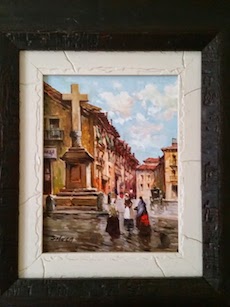
During the first quarter of the nineteenth century and with the appearance of the Napoleonic Empire there will be a great influence in Europe from French artists like J.L David. Among others disciples of David was Jose Madrazo and through his works, neoclassicism starts approaching our peninsula, which will drive the bourgeoisie into neoclassical style, and will cause the situation when in Spain little by little wealthy Spaniards start forgetting their roots - that is the moment when Costumbrismo begins.
The exact origins of this artistic style are not very clear, but most likely it was at random, partially related to the nationalism and the idea of preservation of our traditions. Originally the concept was developed in literature, but soon it will be delivered to fine arts: watercolors, oils, lithography etc..
Costumbrist paintings and drawings usually depict Spanish habits and local scenes, which probably had influenced foreign travelers of the time, as they were the ones purchasing most of this type of considereded “minor art”. Costumbrists' works represent popular facts and people like “Majas”, “Dancers”, “Buñoleros” (confectioner), “Street Merchants” or Bandoleers” among others.
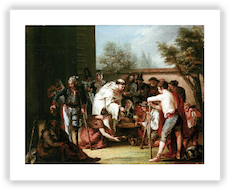
Costumbrismo varies depending on the region of the artist: either Andaluz or, like the one we’ll be looking at later, Madrileño. This genre was greatly influenced by the works of Don Francisco de Goya and the Lithographic Establishment and was normally practiced by autodidacts, all of them posterior to the Independence War and most were “artists for pleasure”, who died poor, like Leonardo Alenza, the costumrist artist the author of this article would like destinguish among others. These ladies and gentlemen did not want to be part of the “establishment”, they would never participate in National exhibitions and refuse any awards given, which in turn sent them in to the oblivion.
The expression of Costumbrismo Madileño was very different, if compared to the one in Andalucia: here the themes were more grotesque, bitter and critic, in general a lot more dramatic, and in Andalucia was the opposite.
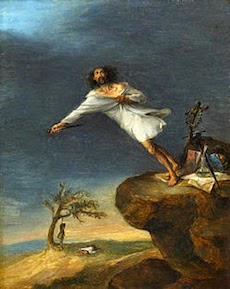
In Madrid one of the most distinguished artists of this artistic genre, was the genius Leonardo Alenza, born in the city in 1807, son of a poet. His step mother made an unfortunate decision of selling “wrongly” a great collection of Leonardo’s own drawings anonymously. Most of them can be found today at the National Library in Madrid and in one of the hidden jewels of the city, the Museum of Romanticism.
Leonardo studied in the School of Fine Arts of San Fernando and among his teachers were such renowned artists as Juan Antonio Ribera and Jose Madrazo. Alenza was just an observer of Madrid, its life that happened on the streets, in stores and cafes, and this is what would inspire the art he made. His lithographies and drawings would be published in those nineteenth century papers and magazines. Even if he was not a very active of the literary cafes gatherings, some of them were decorated with his art work, like Cafe de Levante unfortunately gone today.
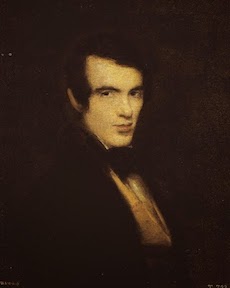
Amongst Alenza’s art works I would like to draw your attention to the three of them:
- Suicide for Love: A satire of the habits going for the romantic idea of the grotesque and sarcastic.
- La Sopa Boba: Represents a charity meal given by priest to the ones with needs.
- El Sacamuelas: Small casacón painting, portraying a normal day in everyone’s life – everybody needs a tooth to be pulled out.
Unfortunately Alenza died alone and with no money at all. His friends had to collect money, so he could be buried on a common burial; also his friends were the ones who managed to save some of his art work, and this is how today I can be writing about this incredible Madrileño artist.
Author: Enrique
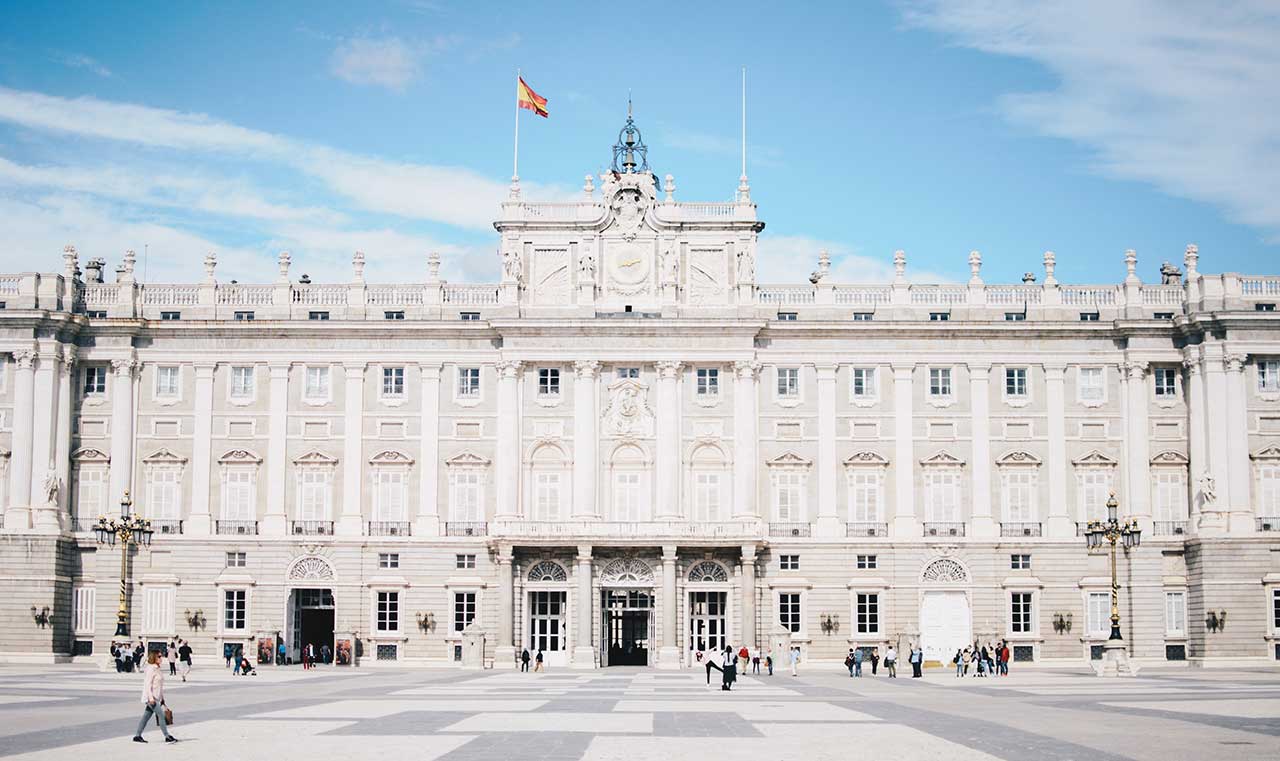
Customize your
private tour
